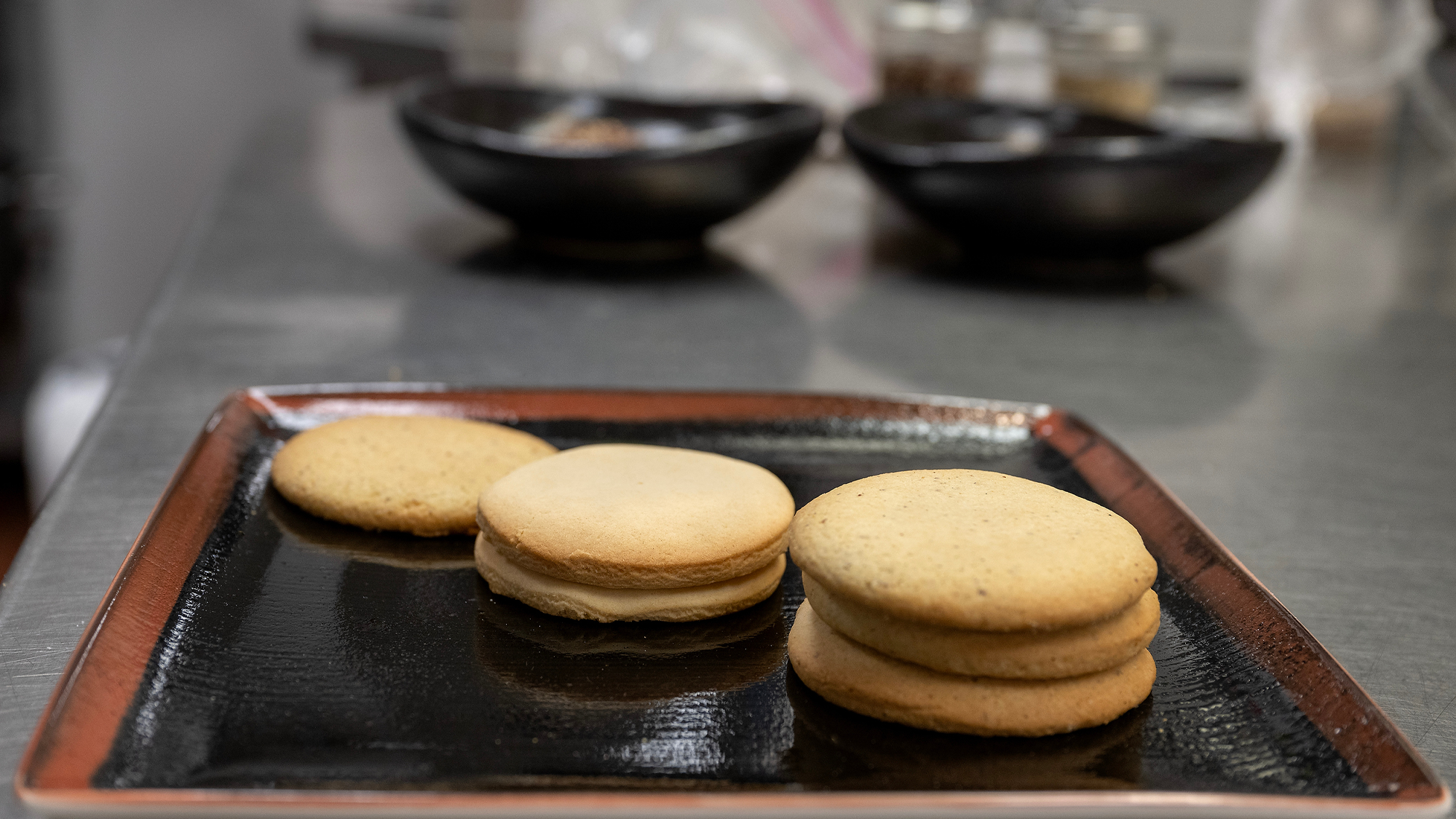

‘Tis the season for cookies. A poll from YouGovAmerica finds that chocolate chips are the favorite Christmas cookie, with 78 percent of those polled picking these gooey goodness as number one, followed by sugar cookies with 64 percent, and fudge cookies at 63 percent.
While sugar cookies, gingerbread, and chocolate chips get most of the hype as the year draws to a close, a tiny “super grain” might have the potential to make a super cookie.
[Related: The quinoa genome could help scientists get it out of the health food aisle.]
In a recent study published in the Journal of Food Science researchers from Washington State University (WSU) show how two types of quinoa that are bred to specifically grow in Washington state can be a high-fiber, high-protein additive to the flour used to bake cookies. The study finds that when baked the cookies had what bakers call “spreadability” and texture.
“It’s the Holy Grail for food scientists: we want to develop something that people love to eat and want to go buy and buy again—and now we’re adding some fiber in without them even knowing it,” said Girish Ganjyal, a WSU food scientist and the study’s corresponding author, in a statement.
Popular with health food enthusiasts, quinoa has slowly increased in popularity and the global quinoa industry is expected to reach almost $91 billion this year. The grain originated in South America and it has a ton of nutritional benefits. It’s high in protein, fiber, vitamins like B1 and B2, and minerals like zinc and phosphorus.
WSU plant breeder and study co-author Kevin Murphy estimates that quinoa is currently grown on more than 5,000 acres in the Pacific Northwest, however no official counts are currently available.
Murphy has been breeding quinoa lines specifically to grow well in the Pacific Northwest climate while maintaining, and even enhancing, the crop’s nutritional benefits. The new study also identifies one type of quinoa that works well for “pre-cooked grain salad” (a more familiar use for quinoa) and picking varieties that work well in baking cookies.
[Related: The best substitutions for milk, eggs, and other baking essentials.]
The team looked at 10 different quinoa breeding lines and tested them as a cookie flour made up of 25 to 100 percent quinoa. While many of the breeding lines held up at lower quinoa levels, the cookies crumbled more as they got closer to 100 percent quinoa flour.
These official taste tests are still underway, but the early results show that using up to 25 percent quinoa flour tended to have better results. People also preferred sugar cookies with 10 percent of the quinoa flour over those that use a traditional all-wheat flour.
According to study first author Elizabeth Nalbandian, a WSU Ph.D. student, the team purposely chose sugar cookies for the taste test since chocolate chip cookies might mask any flavor from the quinoa.
“I think at 10 percent, quinoa added a type of nutty flavor that people really liked,” Nalbandian said, in a statement. Nalbandian noted that the testers liked the quinoa cookies even more than the control whole flour cookie.
The team plans to continue developing and testing new quinoa food products, noting that the team has a great combination of culinary arts and science. “This is a chef’s art as well as a science,” Ganjyal said.
